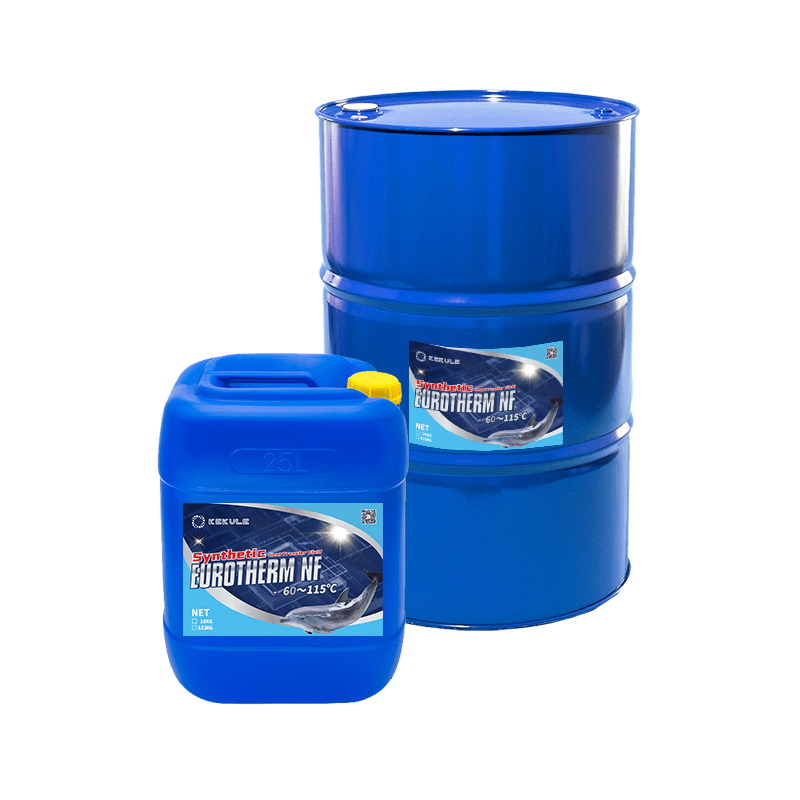The Main Principles Of Chemie
The Main Principles Of Chemie
Blog Article
Chemie - Questions
Table of ContentsA Biased View of ChemieUnknown Facts About ChemieThe 5-Minute Rule for ChemieExcitement About ChemieMore About ChemieThe Only Guide for Chemie
(https://www.blogtalkradio.com/betteanderson)Measured adjustment in electrical conductivity of fluid examples as a feature of time when stirred with the resin example in the closed indirect cooling loop experiment. Number 6 shows the modification in the gauged electrical conductivity of the liquid samples when mixed with the material sample. The conductivity of the water example from the closed loop experiment minimized by roughly 70% from 11.77 S/cm to 3.32 S/cm in six hours.These results showed that the capacity of the resin depends upon the examination liquid made use of for the experiment. This reveals that different ions present in the liquid will lead to different ion exchange capability of the liquid. Determining the ion exchange material ability with the liquid sample from the real air conditioning loophole is vital.
Some Known Incorrect Statements About Chemie
An ion exchange resin cartridge having 20g of Dowex mixed bed resin might take on order 938 days to fill - immersion cooling liquid. Simply put, to keep a reduced electrical conductivity, a resin cartridge with the dimension and weight requirements as that of the material cartridge made use of in the experiment, need to be transformed every 30 months for the air conditioning system that was made use of in the experiment
The air conditioning of electronic components has actually come to be a major obstacle in current times due to the improvements in the style of faster and smaller components. The use of a fluid coolant has come to be eye-catching due to the greater warm transfer coefficient attained as compared to air-cooling.
6 Easy Facts About Chemie Explained
A solitary stage cooling loophole is composed of a pump, a warmth exchanger (cold plate/mini- or micro-channels), and a heat sink (radiator with a fan or a liquid-to-liquid warm exchanger with cooled water air conditioning). The heat resource in the electronics system is attached to the warm exchanger.
The needs may differ depending on the type of application. Adhering to is a checklist of some general demands: Good thermo-physical homes (high thermal conductivity and specific warm; reduced viscosity; high concealed warmth of dissipation for two-phase application) Low freezing factor and burst factor (sometimes burst security at -40 C or lower is needed for shipping and/or storage objectives) High climatic boiling factor (or reduced vapor stress at the operating temperature) for single stage system; a slim wanted boiling factor for a two-phase system Good chemical and thermal security for the life of the electronic devices system High flash factor and auto-ignition temperature level (sometimes non-combustibility is a requirement) Non-corrosive to materials of building (steels along with polymers and various other non-metals) No or very little regulative restraints (ecologically friendly, nontoxic, and possibly biodegradable) Cost-effective The most effective electronics coolant is an affordable and nontoxic liquid with outstanding thermo-physical buildings and a lengthy life span.
Some Of Chemie
A lot of these liquids have a non-discernible smell and are nontoxic in situation of contact with skin or consumption. As mentioned previously, aliphatic PAO-based fluids have actually changed the silicate-ester fluids in a range of armed forces electronics (and avionics) cooling applications in the last decade. One more class of popular coolant chemistry is dimethyl- and methyl phenyl-poly (siloxane) or frequently known as silicone oil.
Of all, these fluids are non-combustible and non-toxic. Some fluorinated substances have absolutely no ozone depleting potential and other environmental buildings.
This coolant is categorized as poisonous and must be taken care of and disposed of with care. The top quality of water utilized for the preparation of a glycol solution is very crucial for the system.
The Greatest Guide To Chemie

This is a reduced cost antifreeze solution, locating usage in refrigeration solutions and ground source warmth pumps - high temperature thermal fluid. This fluid can be used down to -40 C owing to its reasonably high price of warm transfer in this temperature variety.
It is considered even more unsafe than ethylene glycol and subsequently has actually discovered use just for procedure applications situated outdoors. Methanol is a combustible fluid and, as such, presents a prospective fire danger where it is kept, took care of, or utilized.
The Ultimate Guide To Chemie
As a combustible liquid, it requires certain safety measures for dealing with and storage. Aqueous remedies of calcium chloride discover large usage as circulating coolants in food plants. It is non-flammable, non-toxic and thermally a lot more reliable than the glycol solutions. A 29% (by wt.) calcium chloride service has a freezing point below -40 C.

Report this page